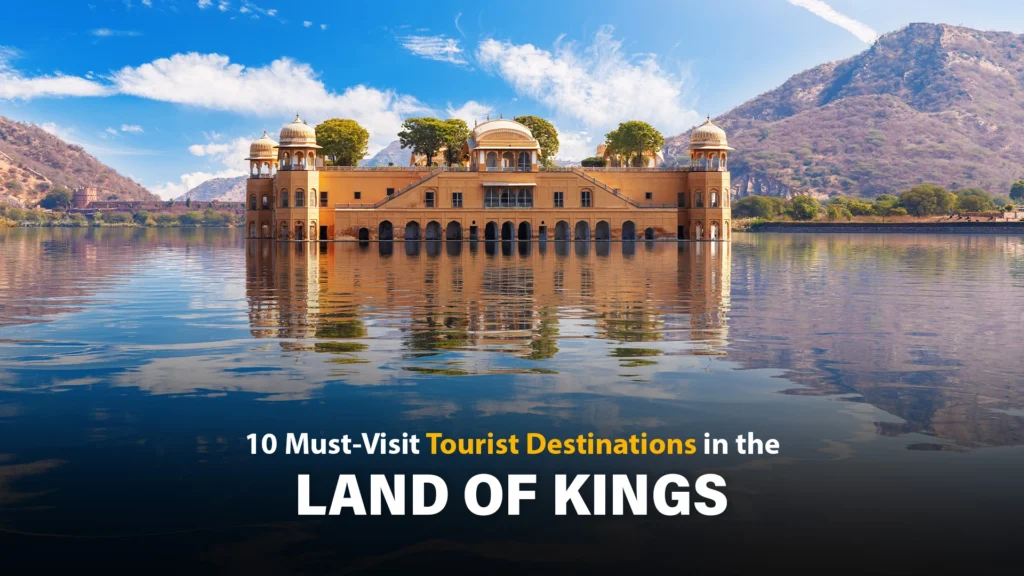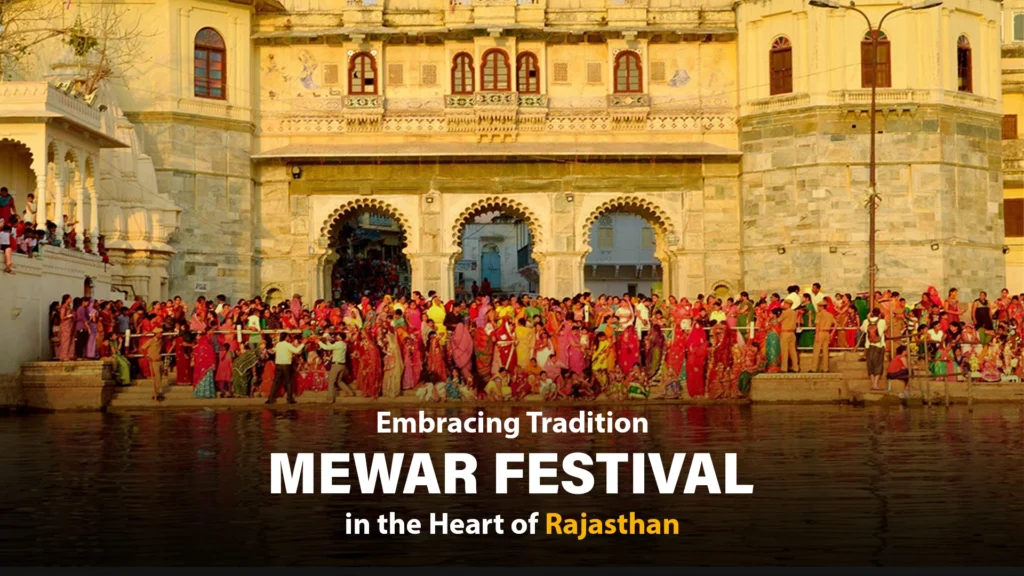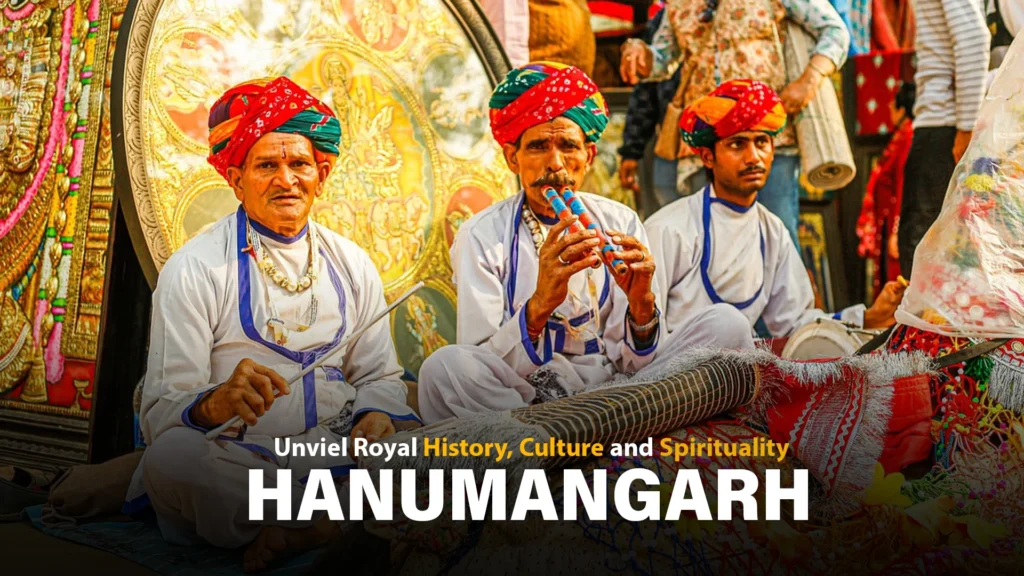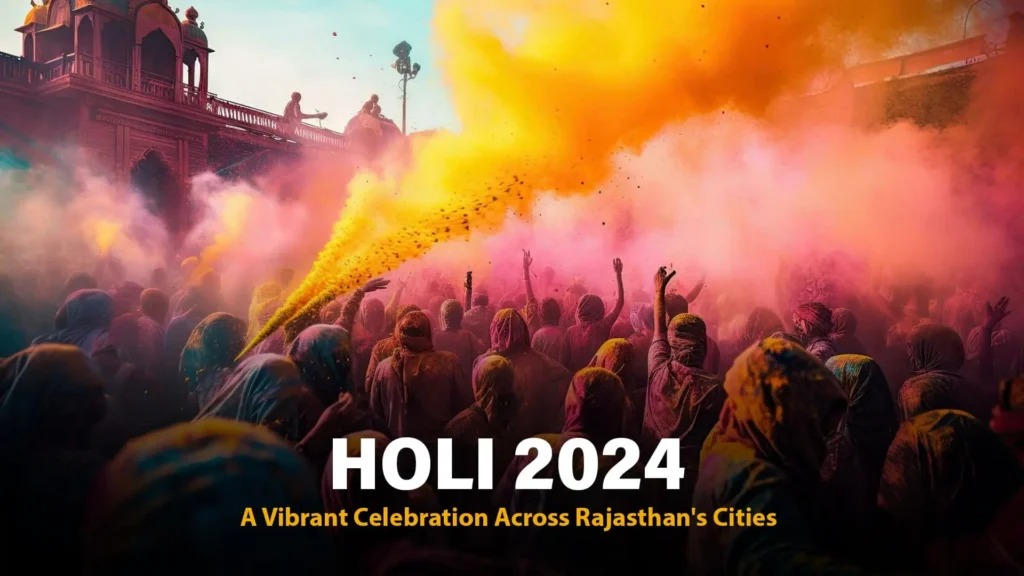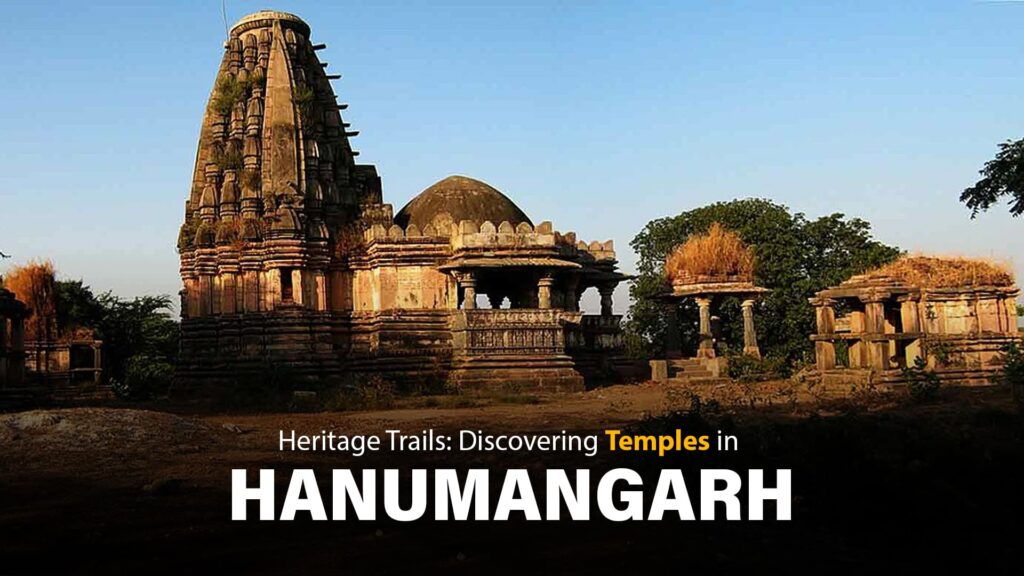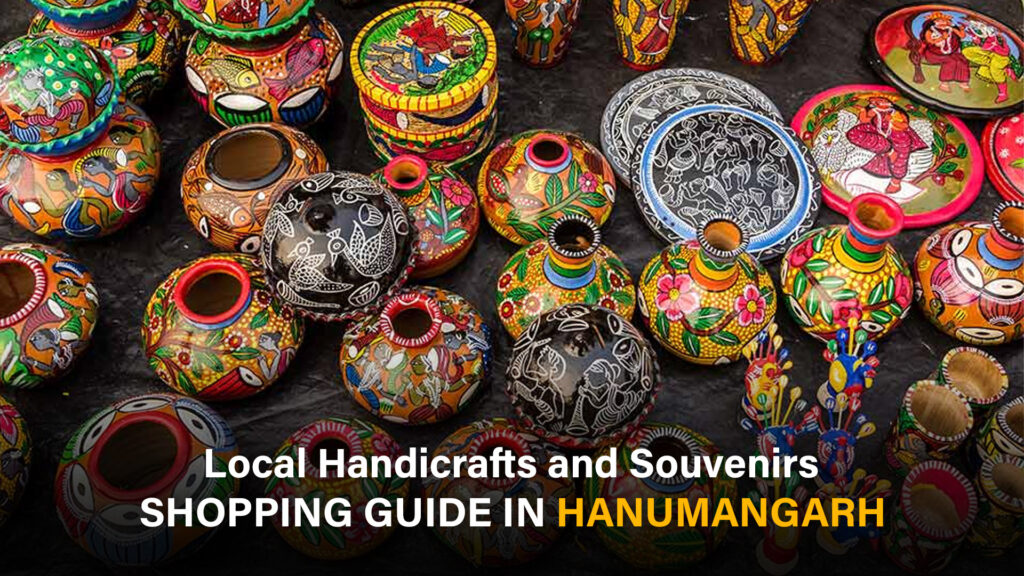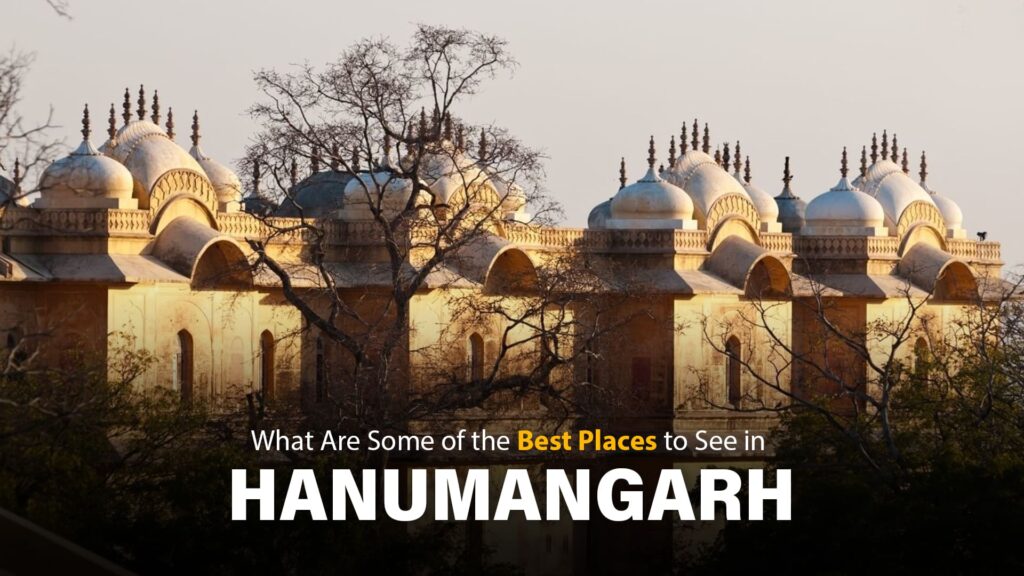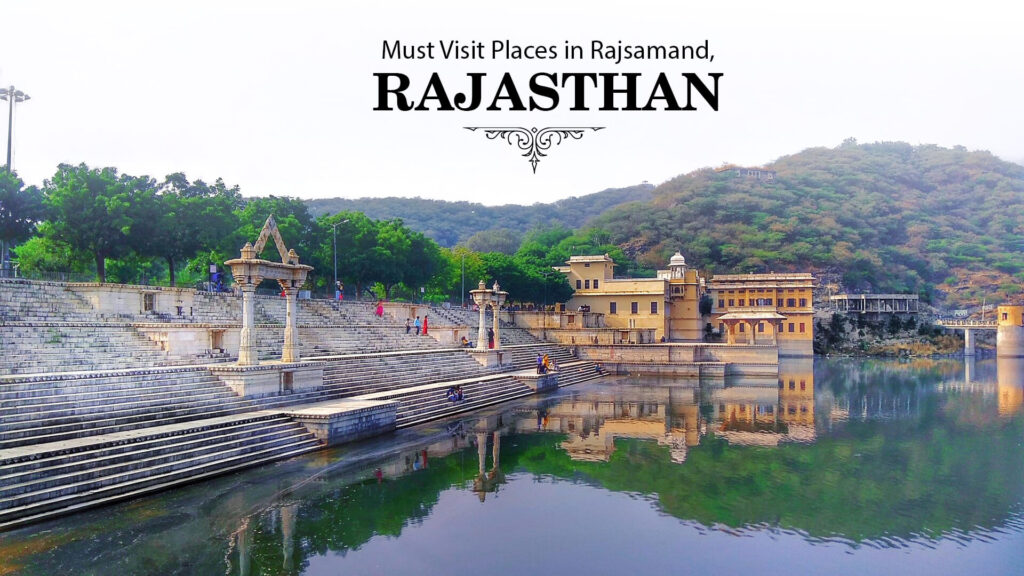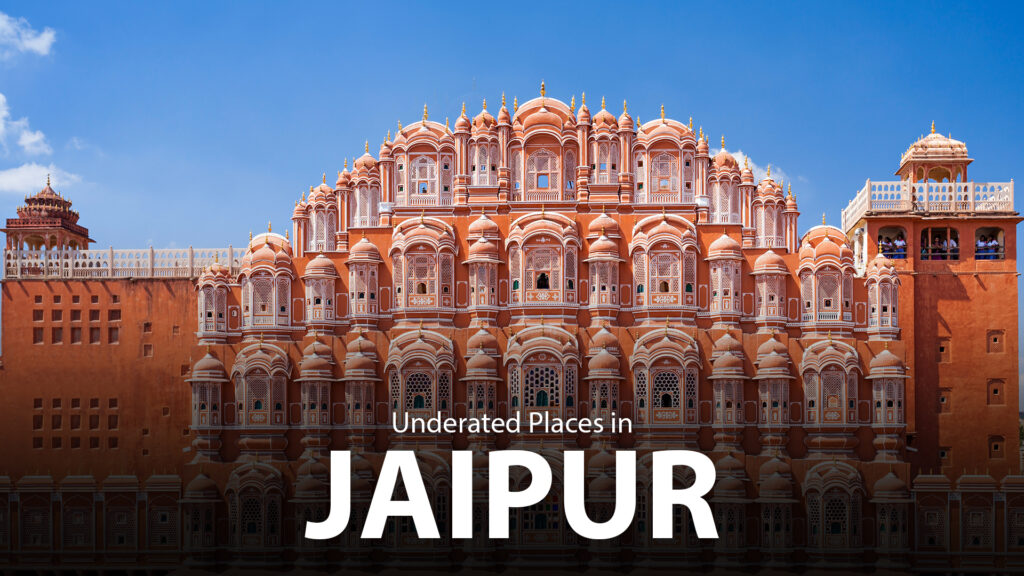Exploring Rajasthan: 12 Must-Visit Tourist Destinations in the Land of Kings
Rajasthan, often referred to as the “Land of Kings,” stands as a testament to India’s rich history, vibrant culture, and timeless heritage. Renowned for its majestic forts, opulent palaces, and colorful traditions, Rajasthan tourism offers an enchanting journey through the heart of India’s royal past. Attracting visitors from around the globe, Rajasthan is a treasure trove of captivating tourist places that embody the essence of its regal legacy. From the imposing forts of Jaipur to the serene lakes of Udaipur, each destination narrates a tale of bravery, romance, and architectural brilliance. For travelers seeking unforgettable experiences, Rajasthan tours and travels promise a kaleidoscopic adventure through its top tourist places. Discerning travelers often seek guidance on the best tourist places in Rajasthan. From the vibrant chaos of Jaipur’s bustling markets to the tranquil ambiance of Pushkar’s sacred lake, Rajasthan’s diversity never fails to leave a lasting impression on its visitors. As we embark on a journey through the top tourist places in Rajasthan, let us delve into the timeless charm and unparalleled beauty that make this majestic land an epitome of regal grandeur and cultural richness. Majestic Forts and Palaces Rajasthan is famous for its majestic forts and grand palaces, which stand as magnificent remnants of its royal past. These architectural wonders not only showcase the state’s rich history but also attract tourists from all over the world. These top tourist places in Rajasthan, including Amer Fort, City Palace, Hawa Mahal, Jaisalmer Fort, and Mehrangarh Fort, are a testament to the state’s rich cultural heritage and architectural brilliance. Amer Fort Amer Fort, located in Jaipur, is a stunning example of Rajput architecture. Built with red sandstone and marble, it overlooks the Maota Lake, creating a picturesque setting. Visitors can explore its intricate design, including the Diwan-i-Aam (Hall of Public Audience), Diwan-i-Khas (Hall of Private Audience), and Sheesh Mahal (Mirror Palace), adorned with beautiful mirror work. Amer Fort offers a glimpse into the opulent lifestyle of Rajasthan’s rulers. City Palace, Jaipur The City Palace in Jaipur is a remarkable blend of Mughal and Rajput architecture. It serves as the residence of the royal family of Jaipur and houses several museums showcasing artifacts, weapons, and textiles from the bygone era. The palace complex also includes the Chandra Mahal and Mubarak Mahal, each boasting exquisite craftsmanship and intricate detailing. Hawa Mahal Hawa Mahal, also known as the Palace of Winds, is an iconic structure in Jaipur. Its unique façade, adorned with 953 small windows (jharokhas), allows cool air to circulate through the palace, making it a perfect retreat during the scorching summers. While the exterior of Hawa Mahal is its most recognizable feature, its interior offers a glimpse into the royal lifestyle through its ornate chambers and balconies. Jaisalmer Fort Perched atop Trikuta Hill, Jaisalmer Fort is a UNESCO World Heritage Site and one of the largest fully preserved fortified cities in the world. Constructed with golden sandstone, it glows in the sunlight, earning it the nickname “Sonar Quila” or Golden Fort. Within its walls lie narrow alleys, ancient havelis (mansions), and temples, reflecting the architectural brilliance of the Rajput rulers. Mehrangarh Fort Mehrangarh Fort, situated in Jodhpur, towers over the Blue City as a symbol of strength and grandeur. Built atop a rocky hill, it offers panoramic views of the surrounding landscape. The fort houses several palaces, including the Moti Mahal (Pearl Palace), Phool Mahal (Flower Palace), and Sheesha Mahal (Mirror Palace), each adorned with intricate carvings and vibrant frescoes. Scenic Lakes and Temples Rajasthan also boasts serene lakes and magnificent temples that add to its allure. Let’s explore some of the top tourist places in Rajasthan, known for their scenic beauty and spiritual significance. These best tourist places in Rajasthan offer visitors a glimpse into the state’s natural beauty and spiritual heritage. Lake Pichola Lake Pichola, located in Udaipur, is one of the most picturesque lakes in Rajasthan. Surrounded by lush hills and majestic palaces, it offers a mesmerizing sight, especially during sunrise and sunset. Visitors can enjoy boat rides on the tranquil waters of Lake Pichola, soaking in the panoramic views of the City Palace, Jag Mandir, and the picturesque surroundings. Pushkar Lake Pushkar Lake holds immense religious significance and is considered one of the holiest lakes in India. Located in the sacred town of Pushkar, it is believed to have been created by Lord Brahma, the creator of the universe. Pilgrims flock to the ghats of Pushkar Lake to take holy dips and perform rituals, especially during the annual Pushkar Camel Fair. The lake’s serene ambiance and spiritual aura make it a must-visit destination for travelers seeking solace and divine blessings. Dilwara Temples The Dilwara Temples, situated in Mount Abu, are renowned for their exquisite architecture and intricate marble carvings. Built between the 11th and 13th centuries, these Jain temples are dedicated to various Tirthankaras (spiritual teachers) of Jainism. The temples’ ornate ceilings, intricately carved pillars, and finely detailed sculptures are a testament to the skill and craftsmanship of the artisans of yore. Visitors can marvel at the temples’ beauty and tranquility, experiencing a sense of awe and reverence in their sacred precincts. Natural Wonders Rajasthan tourism also boasts some remarkable natural wonders that are sure to captivate nature enthusiasts. Let’s explore two of the top tourist places in Rajasthan, known for their biodiversity and scenic beauty. These best tourist places in Rajasthan showcase the state’s rich biodiversity and natural heritage. Ranthambore National Park: Located in the Sawai Madhopur district, Ranthambore National Park is one of the most renowned wildlife sanctuaries in India. Spread across an area of over 1,334 square kilometers, it is famous for its population of Bengal tigers. Visitors to Ranthambore have the opportunity to embark on thrilling safari adventures through the park’s rugged terrain, spotting not only tigers but also a diverse array of wildlife, including leopards, sloth bears, sambar deer, and more. The park’s picturesque landscapes, dotted with ancient ruins and scenic lakes, add to its charm, making it a must-visit destination for wildlife
Exploring Rajasthan: 12 Must-Visit Tourist Destinations in the Land of Kings Read More »

